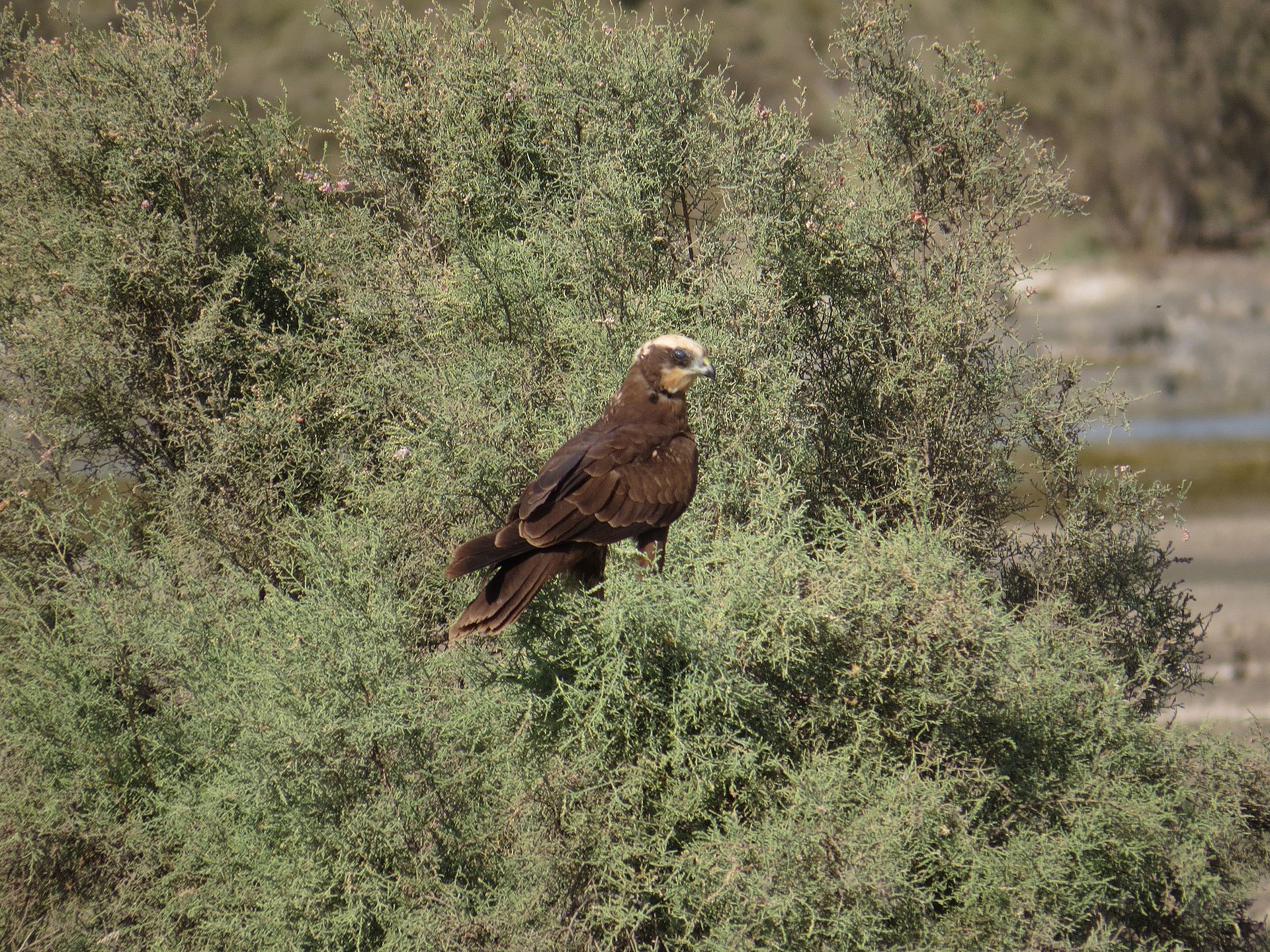Marsh Harrier (Circus aeruginosus)
Male birds of a good many species provision their mate during the breeding season, but none do it in quite such style as the Marsh Harrier (and indeed, other harriers). To make a food pass the male approaches the nest site carrying food, and calls the female to him with a special signal; she flies up and both sexes manoeuvre in such a way that the provider is flying just above the female. In an instant the male drops the food and the female flips over upside down to catch it in her talons. It is a routine that must require considerable co-ordination, as well as practice. The transfer completed, the female usually returns to her nest to consume her gift of a meal, but sometimes goes instead to a so-called “false nest” specially constructed by the male for the purpose.

By Ron Knight from Seaford, East Sussex, United Kingdom – Western Marsh Harrier (Circus aeruginosus), CC BY 2.0, https://commons.wikimedia.org/w/index.php?curid=63633440
The food-pass is only one of the aerial routines of a Marsh Harrier’s breeding season. The male performs many acrobatics on its own, soaring to heights of 75m or more with odd, stiff wing-beats, and then tumbling down erratically, turning about its axis, dropping as if dead and turning half over this way and that. These displays are designed to show off the bird’s contrasting plumage to the full, and sometimes the female joins in the parade, too, the pair indulging in mock attacks and dancing around the skies.

Donald Hobern https://commons.wikimedia.org/wiki/File:Circus_aeruginosus_(15797956110).jpg
With such command of flight it is not surprising that the Marsh Harrier is a dexterous and adaptable predator. In common with the other harriers its main hunting method is to fly at a slow speed and low height over the ground – a method known as “quartering” – and plunge down upon any nourishing prey it finds. Many aquatic vertebrates can be caught this way, particularly birds and their young and small mammals. In general the Marsh Harrier moves over the ground a little quicker than other harriers.
The Marsh Harrier is the most aquatic of the harriers, requiring a minimum of 100Ha of marshy vegetation over which to hunt in the breeding season. In Western and Southern Europe it is resident or partially migratory, but northern and eastern birds winter in sub-Saharan Africa.
From ‘Birds: A Complete Guide to All British and European Species’, by Dominic Couzens. Published by Collins and reproduced with permission.
